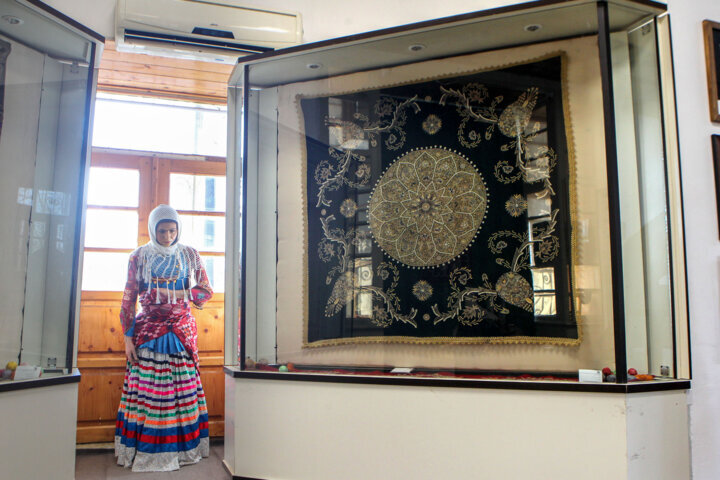Museum dedicated to Rashti-duzi inaugurated in Rasht

TEHRAN – On Tuesday, a special museum dedicated to Rashti-duzi was officially inaugurated in Rasht, the capital of Gilan province, where the traditional crochet and sewing work of art is named after.
A host of craftspeople, artisans, local officials, and people from all walks of life attended the opening ceremony of the museum at Mohtasham garden in the northern Iranian city, IRNA reported.
Based on an initiative pursued by the tourism department of Gilan, such museums are set up in historical structures to safeguard indigenous crafts and traditions passed down from generation to generation.
From 2003 onwards, ten historical places have been (restored and) repurposed into museums to showcase the cultural heritage, handicrafts, and souvenirs of Gilan to travelers. In addition, four other museums will soon be inaugurated in Rasht, Fouman, and Talesh to mark the 43rd anniversary of the victory of the Islamic Revolution, which is known as the Ten-Day Fajr celebrations (this year from February 1 to 11).
The lush green province is known for its tourist attractions and warm-hearted and hospitable people. The people of Gilan from different ethnic groups, including Gilak, Talesh, and Tat, have come together and formed a very rich and diverse culture and customs. Gilan was within the sphere of influence of the successive Achaemenian, Seleucid, Parthian, and Sasanian empires that ruled Iran until the 7th century CE. The subsequent Arab conquest of Iran led to the rise of many local dynasties, and Gilan acquired an independent status that continued until 1567.
The sophisticated capital city of Rasht has long been a weekend escape for residents of Tehran who are looking to sample the famous local cuisine and hoping for some pluvial action – it's the largest, and wettest town in the northern region. Gilan is divided into a coastal plain including the large delta of Sefid Rud and adjacent parts of the Alborz mountain range.
AFM
